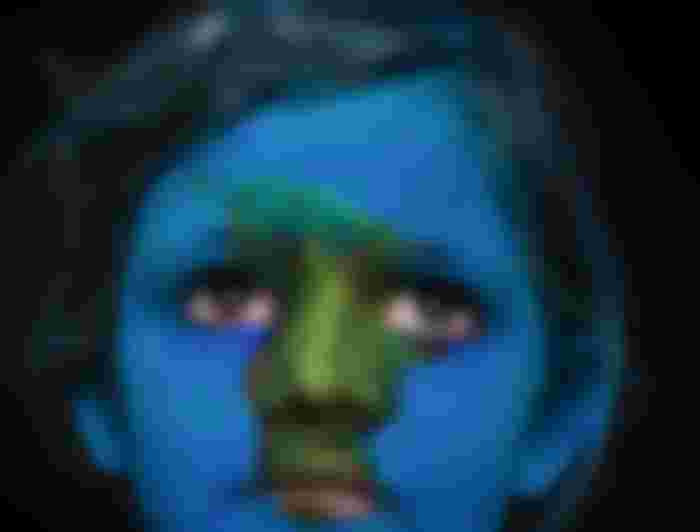Geography of the Earth: The Origin of the Earth

The earth is one of the planets in the solar system and the only planet that possesses life. It is also the third planet from the sun and the home of man thousands of years ago. Many questions remain unanswered regarding the true origin of the world. There are theories released by scientists on the possible origin of the universe. These are called scientific theories or scientific theories. Meanwhile, there are also those who believe that the earth was specially created.
Aristarchus, a scientist from the Island of Samos in the Aegean sea in Greece, believed that the earth and other planets revolved around the sun. This is an idea not accepted by ancient astronomers. It was proposed again by Nicolaus Copernicus 1,800 years later in his heliocentric theory. The Greeks also had knowledge of what caused and shaped the solar eclipse. Tycho Brahe, a Danish astronomer, observed the motion of the planet Mars from his observatory in the Baltic area. This observation resulted in Johannes Kepler showing that Mars and the other planets revolve around the sun. Isaac Newton proposed the Universal Law of Gravitation and from it described the entirety of the Solar System. This study is the concern of the experts of the following period.
Immanuel Kant, a famous German philosopher, believed in the Nebular hypothesis, presented to the public in 1755, that the earth as well as other planets in the solar system, came from a large cloud of dust gas or Nebula. This nebula has particles. According to the theory, there were vibrations inside the nebula due to gravitation which in turn drives the particles to soar and rotate like a drum. As the mass intensifies it heats up until it becomes a ball of sun that releases a ball of gas. Over time, these spheres cooled and became planets, but they continued to rotate around the sun. This is called the Nebular theory. It was extended by Pierre Simon de Laplace a French scientist in 1796.

According to the hypothesis, there was a collision of two large stars in the universe. The collision was so strong that many chunks spewed out of them. Such a chunk revolves around the universe and also goes through the process that the planets go through according to previous theories or hypotheses.
In 1946, astronomer Fred Whipple from Harvard proposed the DUST CLOUD theory. According to the theory, the force from the light rays of the stars is what pushes the dust into the clouds and forms the sun. Another smaller pile of dust became the current planets of their own orbits. Sir James Jeans and Harold Jeffreys, both British scientists, proposed the theory they called Gaseous-Tidal. Theoretically, a second day passed over the previous day. Some parts of the previous day were pulled by the second day. These parts cooled and became planets.

Georges Lemaitre, a Belgian priest and astronomer, explained his conjecture he called the Big Bang. According to the theory, the earth and other planets in the solsr system were once composed of a cloud of dust and gas that appeared about five billion years ago.
Christians believe that the world and everything was created by God. This belief is based on the first chapter of Genesis in the Bible. The theory of special creation reflects the systematic and logical creation of the world. Creation was based on successive days of creation. In the beginning, God created the heavens and the earth. On the first day, God created light including active forces, such as waterfalls, energy and magnetism that energized the universe. On the second day, God separated the water into two — atmospheric water and land and ocean water. On the third day, God created the plants and all the vegetation. On the fourth day, the moon and stars were created. On the fifth day God filled the sea and the sky with water and birds of the air.

Creationists are people who believe that everything created in the world, even the origin of the planets and the whole earth was created by an almighty God. there are two types of creationists. Some believe in the literal interpretation of the Christian bible which says the world and all things were created in just six days. They believe that the world is only a few thousand years old. They disagree with scientists' theories of evolution. These are the so -called Gap Creationists. Gap refers to their belief that there was a gap or large space of time elapsed in the creation mentioned in the first and second verses of Genesis.
There are progressive creationists who want to combine or interpret the Genesis account of the creation of the world by using scientific theories. This includes Day-age creationists who believe the seven days referred to in the bible are not literally seven days, but thousands or millions of years.



